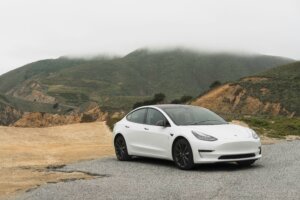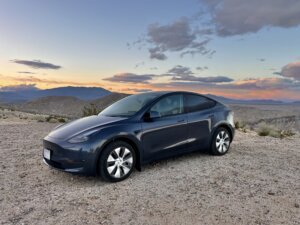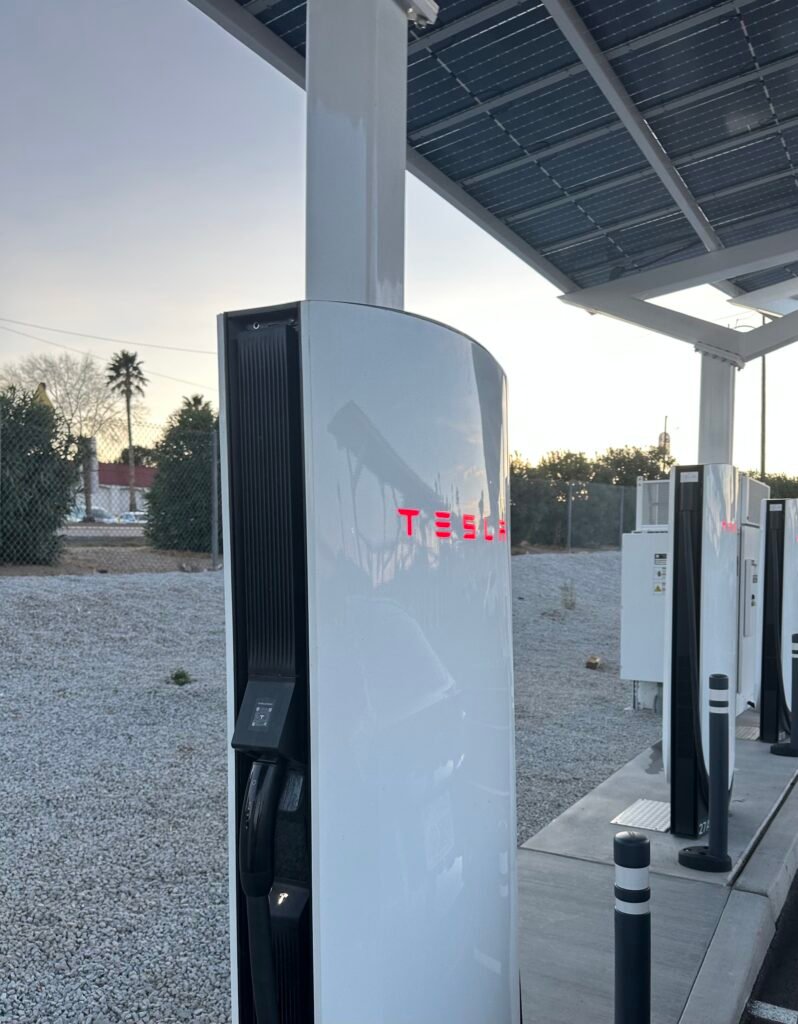
When it comes to charging your electric vehicle (EV), faster isn’t always better. While high-speed home chargers promise convenience through faster charging rates, the truth is, slower EV charging often delivers the best product for most drivers.
From avoiding costly home upgrades to improving battery health and energy efficiency, slow charging might just be the smartest way to speed up EV adoption. Let’s talk about it.
✈️ My Travel Essentials – What I Actually Use & Recommend! 🌍
I’ve traveled extensively and use these tools on every trip. They’ve saved me money, time, and headaches, and they’ll do the same for you! 👉 Book smarter & save more 🚀
✅ 🏨 Best Hotel Deals → Expedia
I book all my hotels through Expedia because they offer cash-back rewards and some of the lowest rates online. Tip: activate Rakuten for extra cashback and $30 free.
✅ 🎟️ Skip-the-Line Tours & Unique Experiences → Get Your Guide
Want to avoid lines and overpriced tourist traps? I use Get Your Guide to book skip-the-line passes, tours, and hidden gem activities. Use my link for 10% off your first booking!
✅ 📱 Stay Connected Without Roaming Fees → Airalo
No more SIM card hassle! I use Airalo’s cheap, reliable eSIMs to stay connected instantly in over 200 countries. Use my promo code AIRALOESIM10 for 10% off!
Table of Contents
Introduction to EV Chargers (EVSEs)
Understanding the Different Types of EV Chargers
When people talk about EV charging, they often lump everything into “slow” or “fast” categories. There is a nuance that is important to be understood, both for charge times and infrastructure needs. Here’s a breakdown of the main types of charging levels and how they differ in power, use case, and impact on adoption.
Level 1 Charging (120V) – Basic and Accessible

Level 1 charging uses a standard household outlet (120V) and typically provides around 1 to 1.4 kW of power. This translates to 3–5 miles of range per hour of charging. While slow, it’s extremely accessible—every home has a 120V outlet, making it ideal for multi-day charging at home or other places where users park for very long durations.
Most importantly, Level 1 will assure your battery will not decrease to dangerous levels if left unattended. This could be your charging lifeline in places like an Airbnb or vacation home.
Level 2 Moderate Charging (240V, 16–20 Amps) – Balanced and Affordable
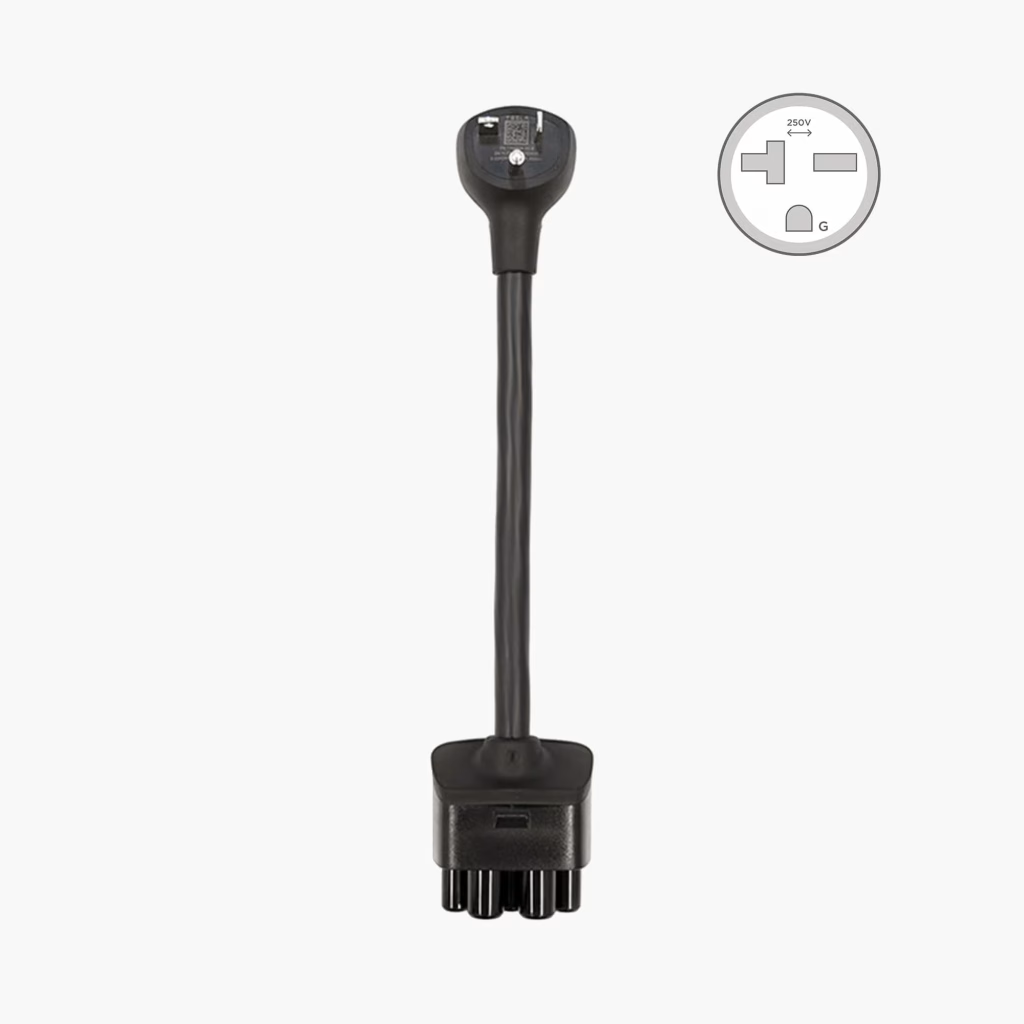
This category provides 3.8 to 4.8 kW, delivering 12–20 miles of range per hour. This amperage range is the focus of this article as the golden spot of home EV charging. Often found in home setups with a dedicated 240V outlet, or in parking lots and workplaces, Level 2 moderate chargers offer a great balance between speed and cost.
They’re relatively affordable to install and don’t place heavy demand on the electrical grid, making them an excellent candidate for widespread deployment. They can even use the same wiring as a Level 1 charger in some scenarios.
Level 2 High-Amp Charging (240V, 25–80 Amps) – Fast Residential and Commercial Power
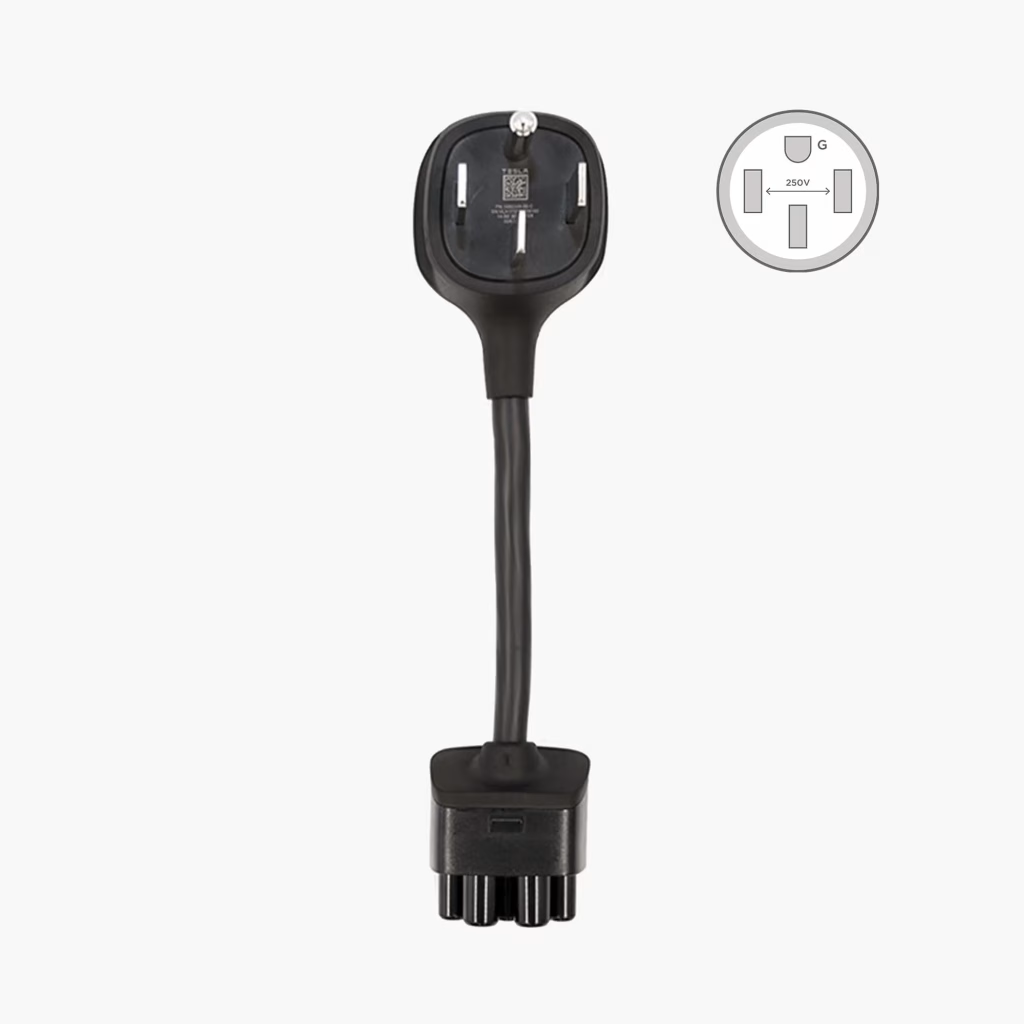
These Level 2 high-amp chargers deliver 5 to 12 kW, depending on the amperage and vehicle capabilities. That’s roughly 25–50 miles of range per hour. This tier is common in commercial spaces, higher-end home installations, and multi-unit dwellings. They require more substantial wiring and breaker capacity, but they strike a solid middle ground between speed and infrastructure scalability for commercial settings.
Their best use case would be a shopping mall or grocery store. A place you may spend over a couple of hours at, but not overnight. This type of charger is also arguably the de facto option for many EV owners at home, but the consumer has reasons to opt for the lower amperage Level 2 moderate charging options. Continue reading to see why.
Level 3 Charging (DC Fast Charging, 400V–1000V) – On-the-Road Only
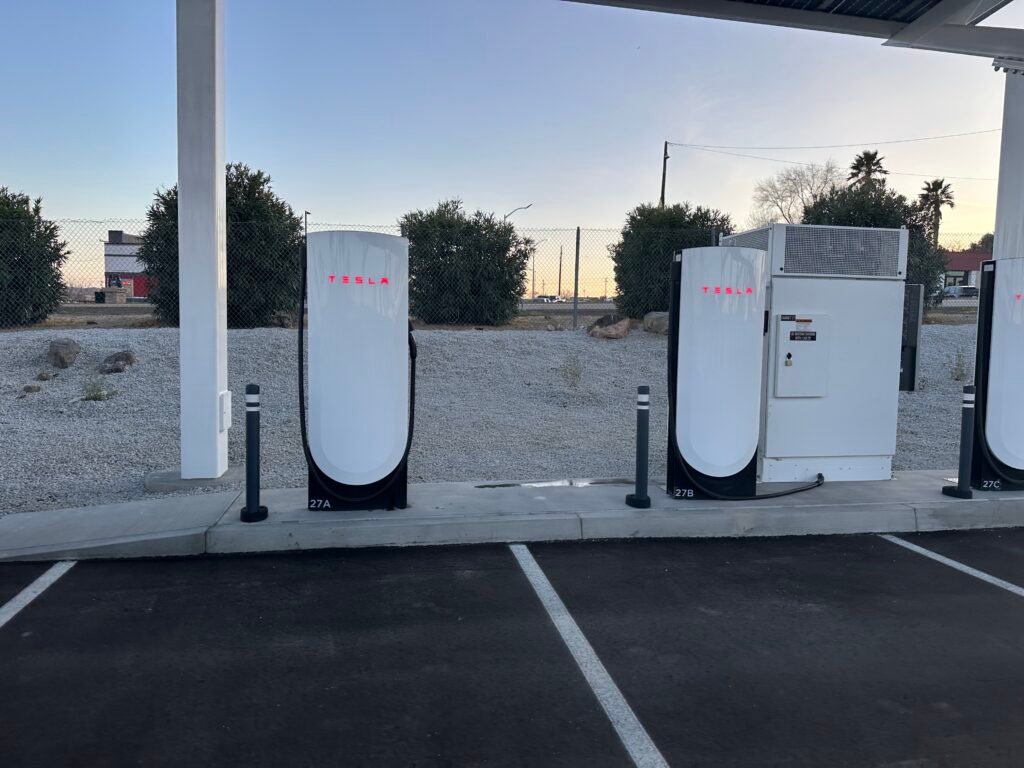
While often referred to as “Level 3 charging,” the correct term is DC Fast Charging. The term “Level 3” is widely used colloquially but doesn’t exist as an official standard. These chargers bypass the car’s onboard AC converter and deliver direct current at high voltage, typically 50–350 kW, allowing for an 80% charge in as little as 15–30 minutes. This leads to charging at about 250-1000 miles of range per hour.
These stations are found along highways and major travel corridors, supporting long-distance travel and reducing range anxiety. They are never installed in residential settings and are typically owned by large charging companies. They cost in the hundreds of thousands to install.
Tesla Superchargers are a well-known example of this category.
The Slowest Charging Wins?
Slow Charging is Great…But Not Too Slow
Level 1 charging is the slowest way to charge an EV. It uses the standard wall outlet (120V), making it seem like the easiest way to power your EV. It’s plug-and-play and doesn’t require any special installation. Most people will already have a basic outlet in the garage. While it’s convenient, it’s not the most energy-efficient or practical long-term solution.
The Drawback of Level 1 Slow Charging: Efficiency and Power Usage
Level 1 (120V) slow charging operates at a much slower rate compared to a Level 2 charger and is less energy-efficient when considering the power it draws from the grid. As mentioned, a 120V outlet typically provides about 1 to 1.4 kW of power, which, while sufficient for overnight charging, can lead to much higher overall power consumption.
The electronics that handle the charging start using too much of the incoming power. This means that your electric car will take a much longer time to fully charge, often spanning into days, depending on the size of your battery and the current battery percentage.
This extended charging time results in more power being drawn over a longer period, and the slower charging speeds also tend to lead to higher losses in energy efficiency. The charging system itself is running for much longer durations with a lower rate of charging, resulting in the total energy usage over time not being as optimal.
While it’s fine for occasional use, Level 1 charging is not ideal for everyday EV drivers.
The Sweet Spot: Level 2 Moderate Charging (16–20 Amps)
Level 2 moderate chargers, running at 16 to 20 amps, are the optimal home charging solution for most EV owners. They provide between 3.8 kW and 4.8 kW, striking the perfect balance between speed and efficiency.
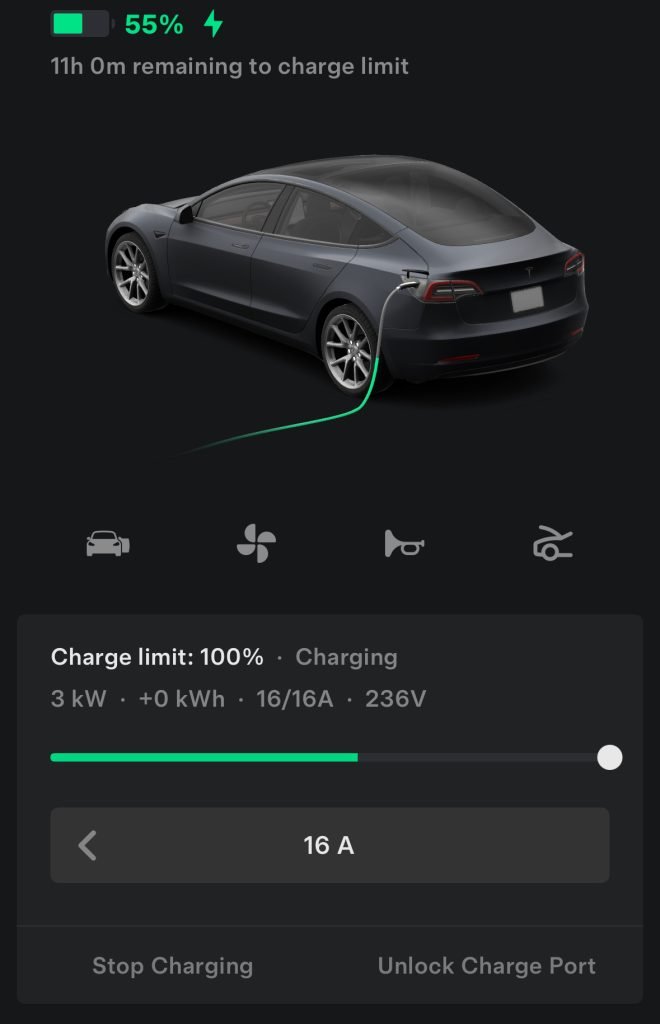
Because Level 2 chargers operate at higher power for shorter periods, they minimize heat loss and strain on your car’s internal charging components. That means more of the energy you’re pulling from the grid actually goes into your battery, not into warming up wires and circuit boards. And since the charge happens overnight in most cases, you’re still waking up to a full battery.
A Level 2 moderate charger is the sweet spot. It delivers a quicker charge, reduces overall energy loss, and allows you to keep your EV ready to go without the need for long, inefficient charging periods.
Why You Should Use Level 2 Moderate Charging At Home
Avoid Costly Electrical Upgrades

One of the most significant advantages of opting for Level 2 moderate charging is the decreased likelihood of needing major electrical upgrades. Many homes, especially older ones, aren’t equipped to handle the higher amperage requirements of the faster Level 2 high-amp chargers. The faster chargers can cost $1,000-$10,000, depending on the installation requirements.
Installing a 50-amp Level 2 high-amp charger can often require significant electrical work, including upgrading your home’s electrical panel or adding new circuits. This process can be costly, time-consuming, and may not even be possible in certain homes without major renovations.
On the other hand, Level 2 moderate chargers (around 16-20 amps) have much lower electrical demands, reducing the need for expensive home upgrades. For most daily driving needs, these lower-amp options provide more than enough juice to keep your EV charged overnight, avoiding the hassle of costly electrical modifications.
📌 In summary:
- Older homes often need panel upgrades to support level 2 high-amp chargers.
- Electrical panel work can cost thousands of dollars and may not be feasible for renters or older properties.
- Level 2 moderate chargers keep your home’s electrical system within its limits—no rewiring needed.
Avoid Widespread Grid Overload
One EV charger at high power isn’t a big deal. But now imagine every home on your street plugging in a 50-amp charger at 6 PM. That’s a serious load on the grid.
As electric vehicle adoption increases, so does the collective demand for electricity. Level 2 high-amp chargers, especially when used during peak hours, can place a significant strain on local infrastructure. If everyone on a block starts charging their EVs at 40 to 50 amps, utilities could face grid instability, transformer overloads, and a need for expensive upgrades.
Level 2 moderate chargers, operating at 16–20 amps, could help smooth out this demand. Level 2 moderate chargers (which are comparable to a large window unit air conditioning unit) draw much less power, especially compared to Level 2 high-amp chargers. When adopted widely, Level 2 moderate chargers allow for more balanced energy use across neighborhoods and reduce the need for immediate, large-scale infrastructure investments.
Utilities often encourage “managed charging” or time-of-use incentives to mitigate these spikes, but Level 2 moderate charging builds resilience into the system naturally—even without coordination. It’s a quieter, smarter path to scaling EV use without tipping the grid.
📌 In summary:
- Level 2 high-amp charging across neighborhoods can overwhelm local transformers and feeders.
- Utility infrastructure isn’t always ready for sudden, large loads during peak hours.
- Level 2 moderate charging lowers the load and works better with our pre-existing grid.
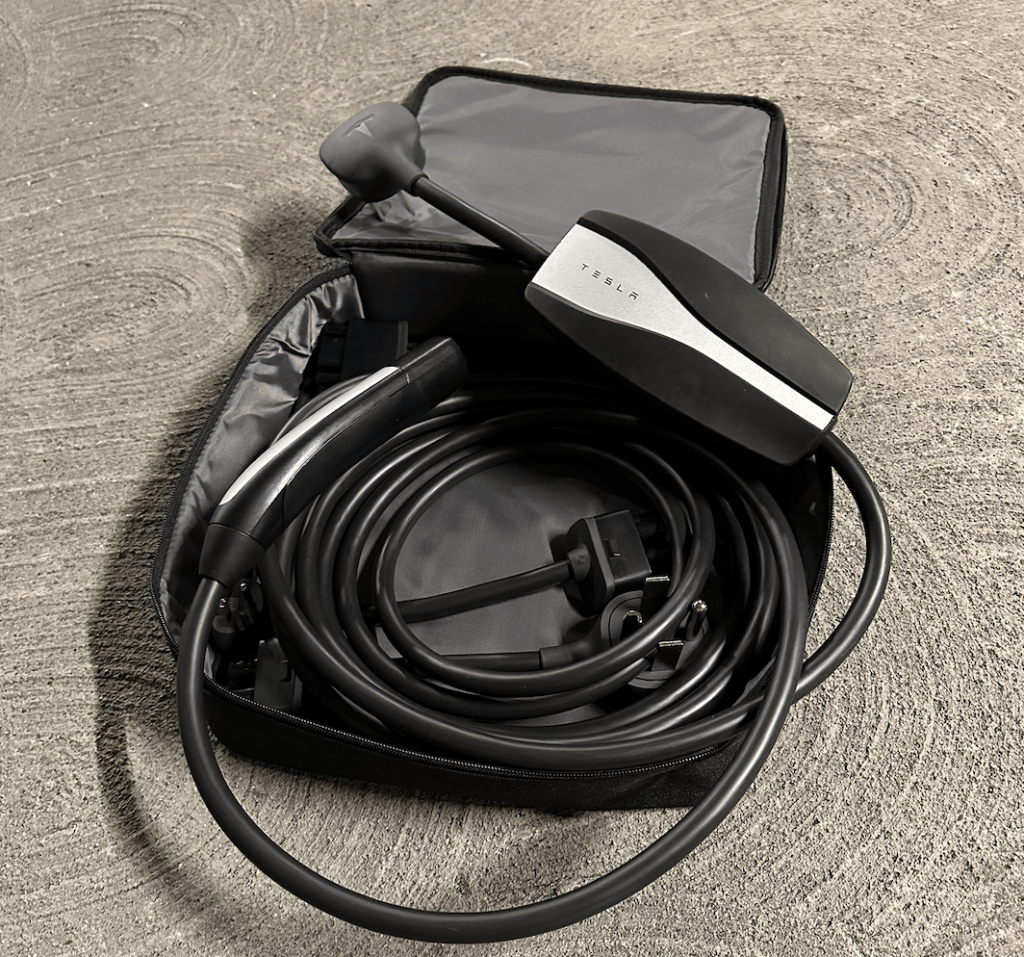
Slower Charging = Better Battery Health
While the fastest charging speeds are always tempting, frequent use of higher-power chargers can contribute to faster battery degradation. Lithium-ion batteries, the power sources behind most EVs, experience more wear and tear when subjected to high charging speeds over time. Level 2 high-amp charging generates more heat, which can accelerate the chemical reactions inside the battery, leading to reduced capacity and shorter overall battery life.
In contrast, level 2 moderate charging results in less heat buildup and allows the battery to charge more gradually, improving its longevity and performance. Charging overnight at home with a Level 1 slow charger or Level 2 moderate charger ensures that your EV’s battery remains in top condition for the long haul, maximizing its lifespan and saving you from premature battery replacement costs.
Regardless of whether you’re driving a Tesla, Ford, or Nissan, battery longevity matters, and slower charging helps you preserve it.
📌 In summary:
- Faster charging creates more heat, which can accelerate lithium-ion battery degradation.
- Frequent Level 2 high-amp charging reduces battery lifespan and performance over time.
- Slower Level 2 moderate charging is gentler on your battery and extends its usable life.
No One Actually Needs 50-Amp Charging
It’s easy to get caught up in the hype of 50-amp chargers (most in this range are 48 amps), especially with all the marketing around “faster” charging. But the reality is that very few people actually need that level of power for everyday use.
Charging an EV is not like filling up a gas tank. Your car doesn’t need to be quickly topped off, and unless you’re regularly driving long distances, you can likely get by with a slower charge. Many EV owners find that charging their vehicles at home overnight with a Level 2 moderate charger is plenty to get them through the week without worrying about running out of power.
In fact, using a 50-amp charger for regular, daily use could unnecessarily stress both your home’s electrical system and your vehicle’s battery. Why rush the process when you can give your car a steady, reliable charge at a lower amperage?
And when you are taking road-trips, you are going to use the Level 3 fast chargers on the road anyways.
Even Tesla Is Scaling Back
Tesla themselves have backtracked on the need for fast at-home charging.
Older Model X vehicles included up to an 80-amp onboard charger (talk about a light flicker when that kicks on!). New vehicles top out at 48 amps, and the base version Model 3 tops out at 32 amps. This point is even more evident as their portable charger now maxes out at 32 amps for all vehicles.
The direction has moved for at-home charging to decrease in power and for public superchargers to increase—and I think this is a good thing.
Conclusion: The Future Is Balanced Charging

Ultimately, the key to successful and efficient EV ownership lies in balancing convenience, cost, and long-term vehicle health. While faster charging speeds have their place for long road trips and emergencies, there’s no real need to rush the charging process for your day-to-day needs.
At the end of the day, EV charging doesn’t need to feel like fueling a race car. Think of it more like charging your phone: steady, predictable, and always ready by morning. That’s the magic of slower charging, it works with your routine.
📌 In summary, slower Level 2 moderate charging offers multiple benefits:
- Lower odds of needing expensive electrical upgrades.
- Improved battery health.
- Reduced wear and tear on your home’s electrical system.
- Makes EV ownership more accessible, since more people can install a Level 2 moderate charger with a much lower added expense.
So if you’re debating how to charge your EV at home, consider going moderate. It’s faster than you think, cheaper than you expect, and better for your car in the long run. When it comes to EVs, sometimes slower really is smarter.
🔋 Read more EV travel tips here → https://imperfectnostalgia.com/ev-travel/
Thinking About Getting a Tesla? 🚗⚡
If you’re considering buying a Tesla, you can get up to $2,500 off your purchase by using my referral link! It is highly recommended to purchase a Tesla through a referral link—it saves you money at no extra cost. 😊
Last Updated:
Disclaimer: This article is intended to be for informational purposes only and may contain affiliate links. Refer to the full disclaimer for more information.
About the Author: Daniel is a Tesla owner, engineer, and EV enthusiast who has spent years researching and optimizing everything Tesla-related. With firsthand experience implementing smart charging strategies, Daniel applies an analytical, real-world approach to prolonging battery life and improving efficiency. As both a daily driver and Tesla camper, he understands the nuances of Tesla ownership—on and off the road. When not testing new automation techniques, you can find him road-tripping, fine-tuning charging routines, or camping under the stars in their Tesla.

